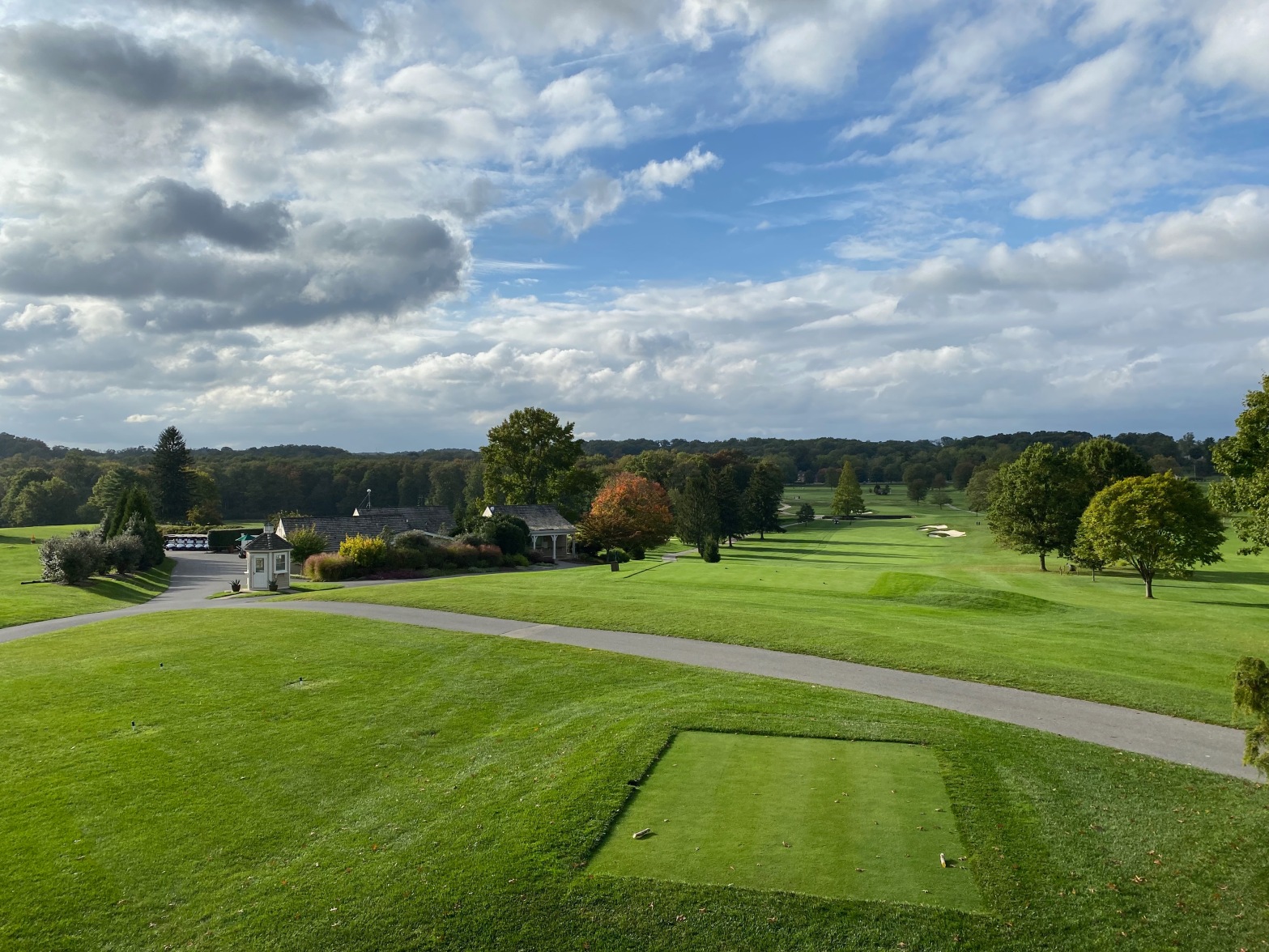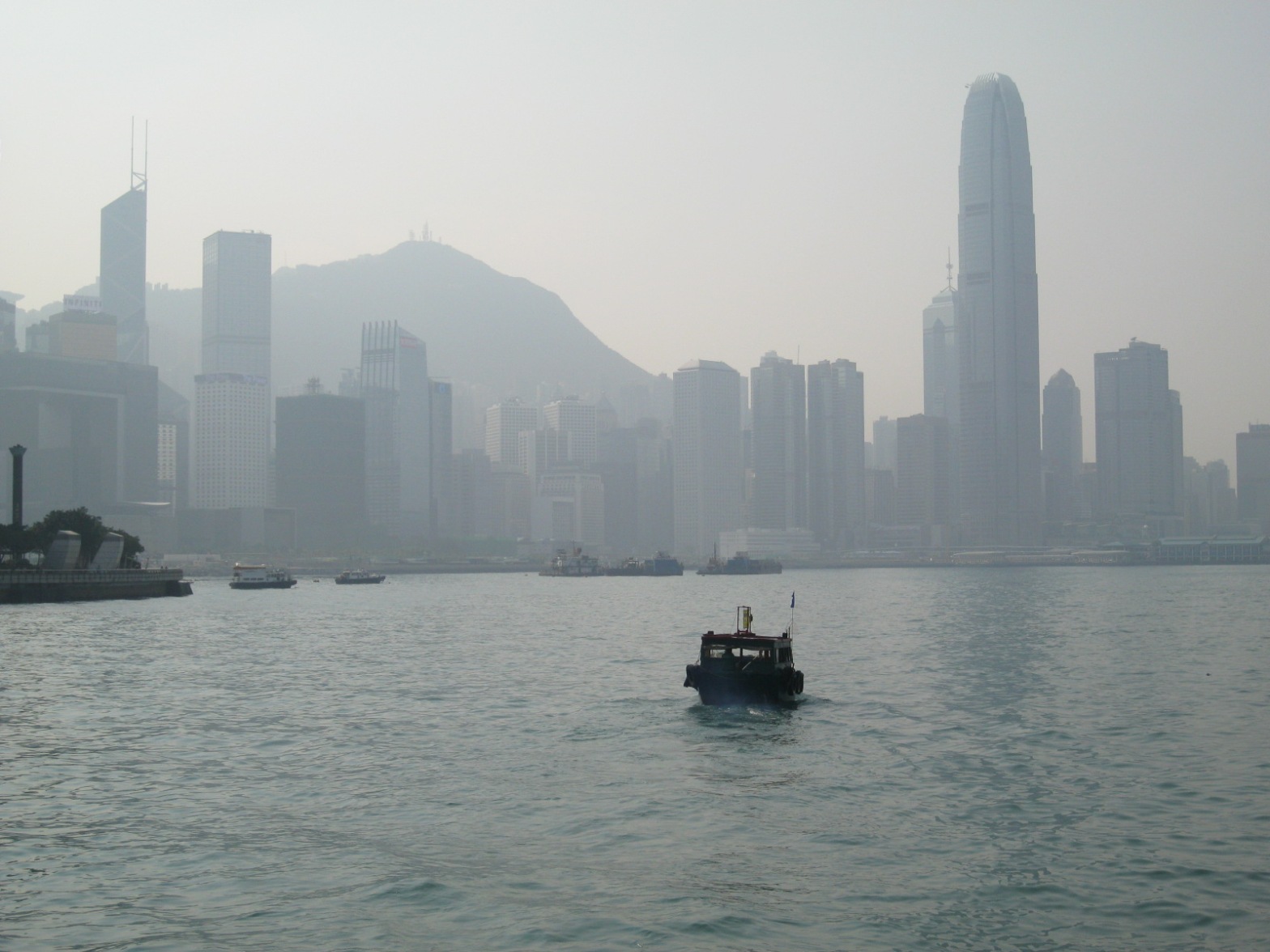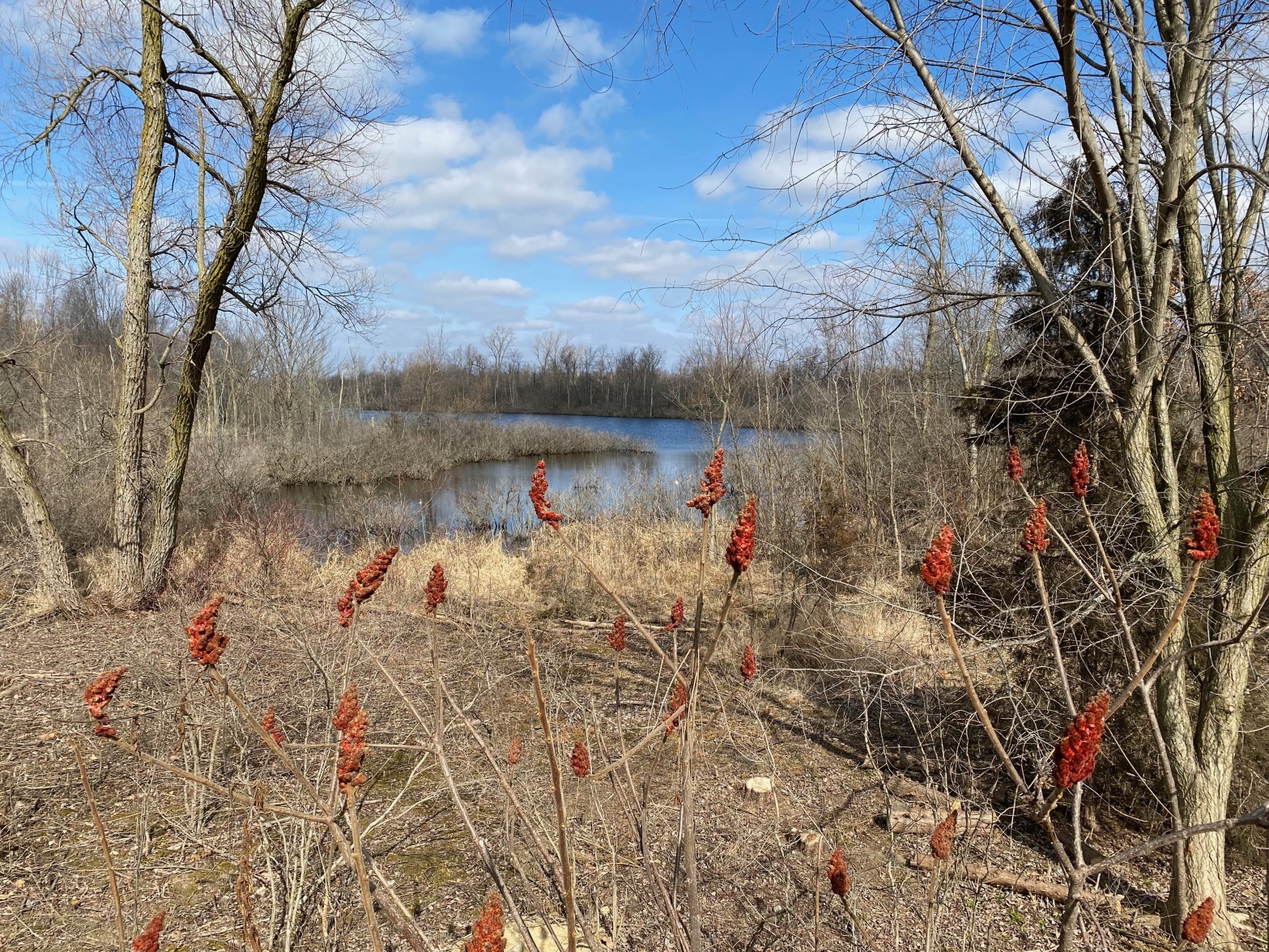Ann Arbor is not an especially large place. The city occupies just 29 square miles, and without football game traffic no point is more than 20 minutes away from another by car. Yet those 29 square miles contain 162 parks—some just tiny patches of grass squeezed in among rows of houses, others expansive nature areasContinue reading "Weekly Wanderings: April 22, 2024"
Weekly Wanderings: April 14, 2024
Even though I don’t work at a university, a lot of what I do still accords with the rhythms of the academic calendar. The end of the spring term is fast approaching, which means campus events are happening at a rapid pace: last week I gave one talk and attended two others, and the weeksContinue reading "Weekly Wanderings: April 14, 2024"
Weekly Wanderings: April 7, 2024
As Willy Wonka said, “We have to get on, we have to get on! We have so much time and so little to do—scratch that, reverse it. This way, please!” First, I’m giving a virtual talk on Tuesday afternoon (Eastern Time) as part of the CHINA Town Hall program organized by the National Committee onContinue reading "Weekly Wanderings: April 7, 2024"
Weekly Wanderings: March 31, 2024
Happy Easter to everyone who celebrates, and happy final day of March to anyone else who feels like this month has been extra-long. March is always weird for me because the AAS conference falls somewhere in its latter half, so I spend the first couple weeks preparing for that, speed through five high-adrenaline days onContinue reading "Weekly Wanderings: March 31, 2024"
Weekly Wanderings: March 24, 2024
I’m mostly punting on this week’s post because I’ve enjoyed having a very lazy weekend after returning from Seattle late Friday night and don’t feel like raising the energy level around here now. (Aside, that is, from dealing with two suitcases full of laundry.) But I did stay on top of stories about the newContinue reading "Weekly Wanderings: March 24, 2024"
Weekly Wanderings: March 18, 2024
The Association for Asian Studies Annual Conference has now come and gone, with over 3,000 participants traveling to join us in Seattle for four days of sessions and socializing. This is my eighth year as an AAS staff member, and I feel like I’ve finally figured out how to work at the conference without completelyContinue reading "Weekly Wanderings: March 18, 2024"
Weekly Wanderings: March 10, 2024
It’s a short one this week—just some recent book reviews from me—because I’ve been in full-tilt AAS 2024 Annual Conference preparation mode for the past seven days. My suitcases are on the living-room floor, half packed; dry cleaning will be ready for pickup tomorrow; there are several dozen table tent cards in my office thatContinue reading "Weekly Wanderings: March 10, 2024"
Weekly Wanderings: March 3, 2024
Signs of spring have arrived in southeast Michigan: there’s a pile of asparagus in my kitchen waiting to be trimmed for dinner, I can hear birds chirping through the porch door that I’ve cracked open, and I’m wearing flip-flops instead of fluffy slippers. I’m sure we’re due for at least one more bout of bitterlyContinue reading "Weekly Wanderings: March 3, 2024"
Weekly Wanderings: February 25, 2024
Yesterday marked two years since the Russian invasion of Ukraine. I don’t have anything deep or profound to say about that, except: the reality of living through two years of fear, uncertainty, danger, death, loss, and struggle is something that I know I cannot understand from afar. I try—through reading and listening to the peopleContinue reading "Weekly Wanderings: February 25, 2024"
Weekly Wanderings: February 18, 2024
Recommendations The Death of Alexei Navalny Even behind bars Navalny was a real threat to Putin, because he was living proof that courage is possible, that truth exists, that Russia could be a different kind of country. For a dictator who survives thanks to lies and violence, that kind of challenge was intolerable. Now PutinContinue reading "Weekly Wanderings: February 18, 2024"








